12 Best Plants and Vegetables That Thrive in Acidic Soil
If you have a garden or home with slightly acidic soil, you’re in luck! Many beautiful plants and vegetables thrive in low pH environments, from vibrant flowers to nutrient-packed greens. Whether you are looking to enhance your garden’s beauty or grow delicious produce, acid-loving plants can be a perfect choice. These plants are well-suited to acidic conditions and can thrive with a little attention to soil care. Let’s explore the best options for growing lush, healthy plants in your garden or home.
This post may contain affiliate links, which helps keep this content free. Please read our disclosure for more info.
Azaleas
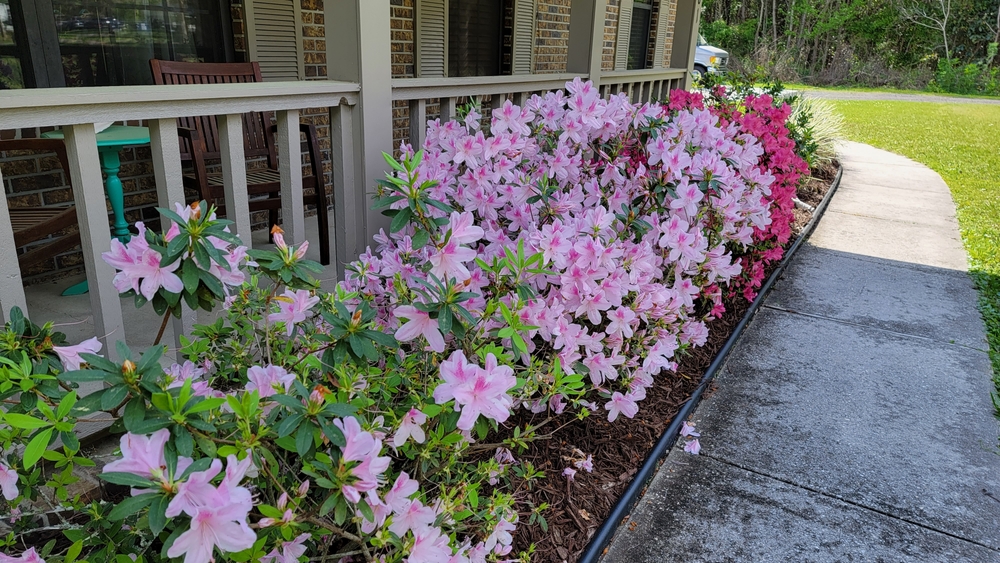
Azaleas are hardy shrubs that do best in slightly acidic to acidic soil with a pH range between 4.5 and 6.5. They thrive in well-drained, organic-rich soil and prefer environments where they can access moisture without waterlogging. Azaleas have shallow root systems, so it’s important to maintain a consistent moisture level in the soil, especially during dry spells. Mulching with pine needles or bark can help to retain soil moisture and keep the acidity levels stable.
These plants prefer partial to full shade, which protects their roots from heat stress and allows the soil to remain cool and consistently moist. Azaleas are often used in shaded garden beds or as borders in landscaping due to their showy flowers, which bloom in various colors. They require regular pruning after blooming to keep them tidy and encourage better growth the following season.
Rhododendrons
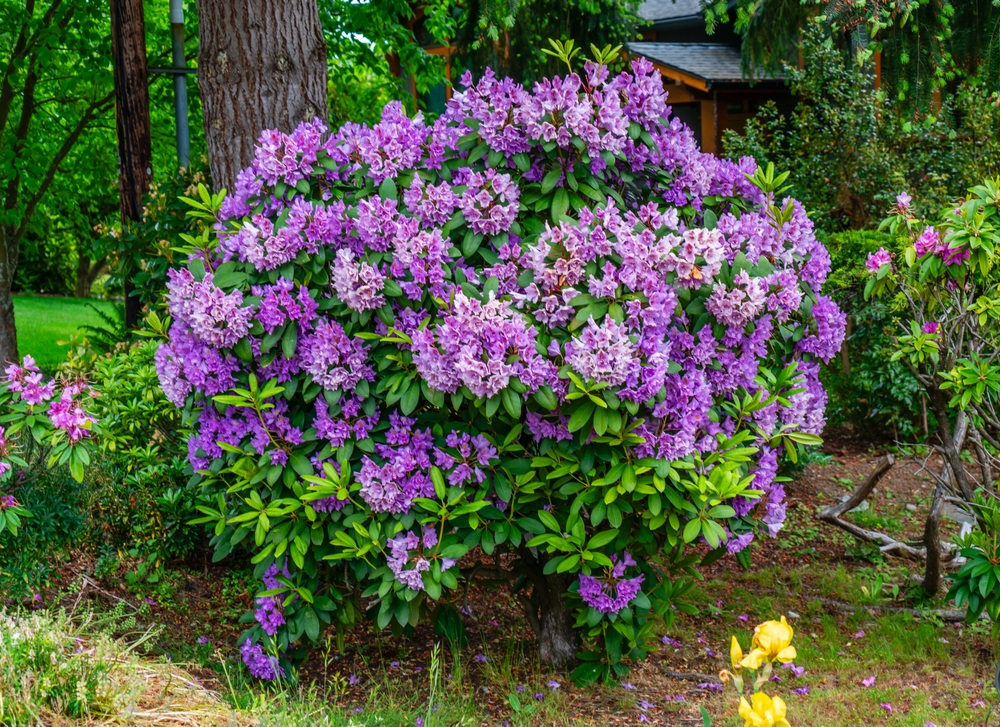
Rhododendrons, like azaleas, are part of the same family and share similar soil preferences. They flourish in acidic soils with a pH between 4.5 and 6, which allows them to absorb nutrients like nitrogen and iron more effectively. These plants are often used for their striking foliage and large flower clusters, which can range in color from pink to purple and white. Rhododendrons require rich, well-draining soil with plenty of organic material to thrive.
These plants can tolerate colder temperatures, making them great for temperate climates, but they still need protection from harsh sunlight to prevent their roots from drying out. Adding compost or pine bark to the soil can help maintain the required acidity. Regular watering during dry spells is crucial to keep their roots healthy and to maintain the acidity needed for optimal growth.
Blueberries
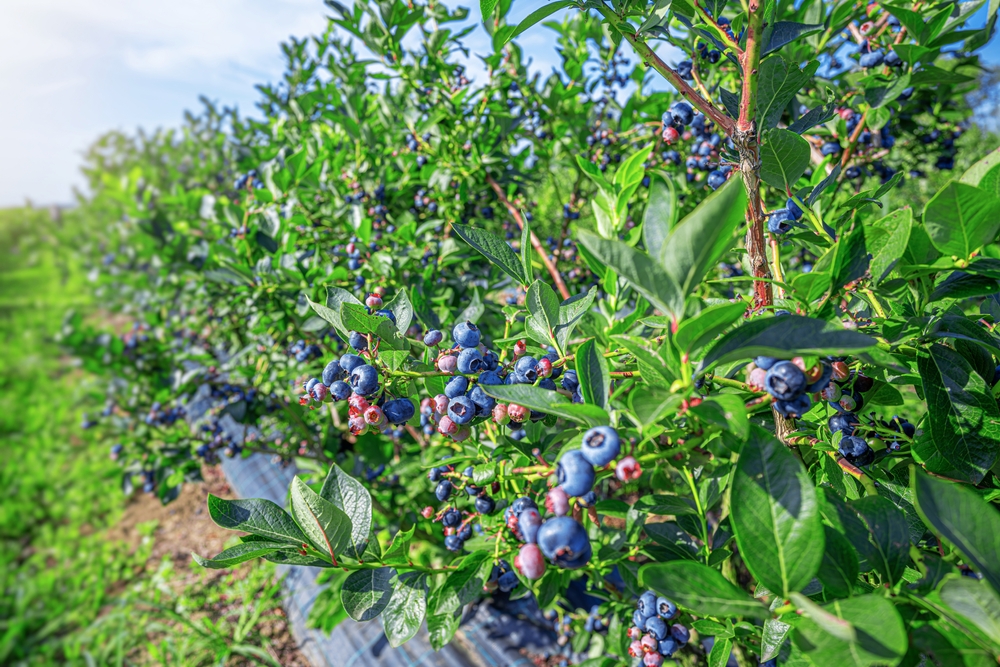
Blueberries are famous for thriving in acidic soil, with a pH of 4.5 to 5.5, which allows the plants to absorb essential minerals such as iron, manganese, and magnesium. Blueberries are naturally adapted to acidic bogs and wetlands, and they require consistently moist soil that drains well to prevent root rot. They also perform best in full sun, which encourages abundant fruit production and strong plant health.
In addition to acidic soil, blueberries benefit from organic matter such as peat moss or compost, which helps maintain moisture levels while providing the necessary nutrients. Raised beds are ideal for blueberries, as they allow for better drainage and control over soil pH. Fertilizing blueberries with a slow-release, acid-loving plant food during the growing season ensures they continue to thrive and produce fruit.
Ferns

Ferns, such as the Boston fern, thrive in slightly acidic soil with a pH of 5 to 6. These plants grow best in shaded or partially shaded environments where the soil is rich in organic material and retains moisture without becoming waterlogged. Ferns have a high tolerance for humidity, making them perfect for bathrooms or other areas with high moisture levels, where soil acidity remains stable.
Ferns are naturally found in forest understories where they grow in nutrient-rich, acidic soil. In a garden setting, adding organic compost or leaf litter around the base of the plants can help maintain the acidic pH. Keeping the soil evenly moist but not soggy is essential for their growth, as ferns do not like to dry out completely.
Camellias
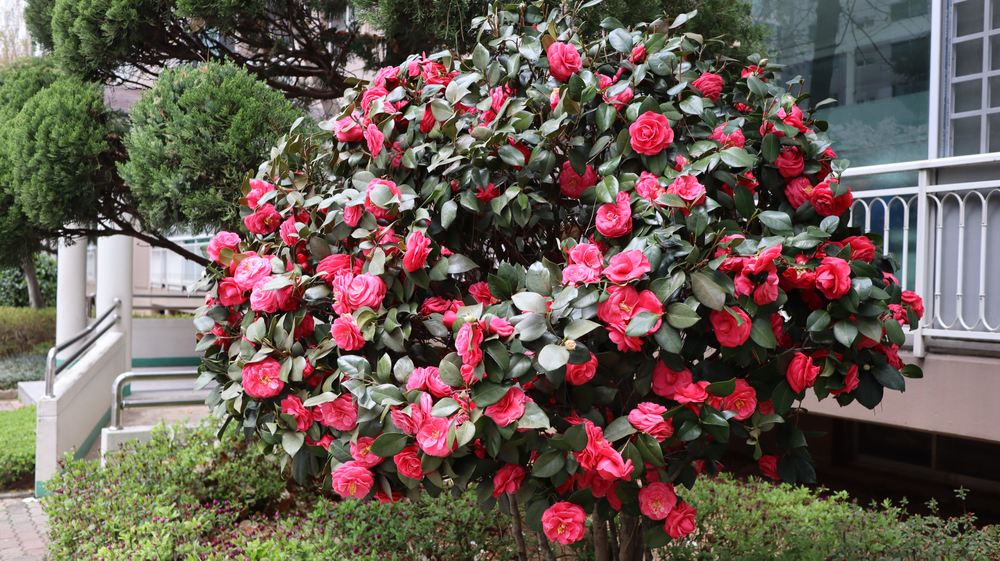
Camellias are evergreen shrubs that prefer acidic soil with a pH between 5.5 and 6.5. They thrive in well-drained, organic-rich soil that retains moisture while allowing excess water to escape. These plants are best suited for areas that receive partial shade, as they are sensitive to direct afternoon sunlight, which can cause their leaves to scorch.
Camellias benefit from a steady supply of organic material to keep the soil’s acidity in check. Mulching with pine bark or pine needles is particularly effective in maintaining the right soil pH. Regular watering during dry spells and occasional pruning to remove dead or damaged branches helps camellias maintain their health and vibrant bloom.
Heathers

Heathers are low-growing, evergreen plants that thrive in acidic soil, with a pH range of 4.5 to 5.5. They are commonly used in landscaping to provide year-round interest with their dense foliage and colorful flowers. Heathers are especially suited to poor, sandy soils, which makes them ideal for areas where other plants struggle to grow.
These plants perform best when the soil is rich in organic matter, such as peat or pine bark, which helps maintain the acidity that heathers need. They also benefit from well-drained, slightly acidic soil and can be grown in full sun or partial shade. Mulching with acidic organic materials can help regulate the soil’s pH while keeping the plant’s roots protected from the heat of summer.
Hosta
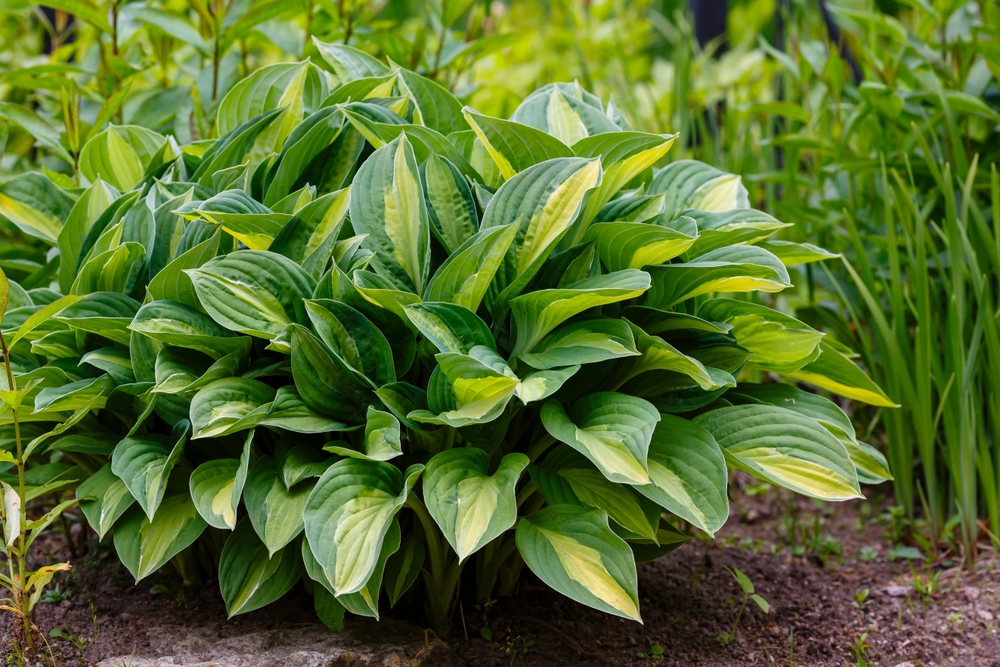
Hostas are shade-loving perennials that thrive in slightly acidic to neutral soil with a pH between 6 and 7. They grow best in moist, well-drained soils that are rich in organic matter. Hostas are known for their lush, broad leaves and fragrant flowers, making them a popular choice for shaded garden beds.
While hostas can tolerate a range of soil types, they particularly thrive in acidic soils, which allow them to access nutrients like nitrogen and phosphorus more efficiently. Adding organic compost or leaf mulch around the base of the plant helps to maintain a slightly acidic environment and provides the moisture hostas need to grow strong and healthy. They appreciate regular watering to keep the soil consistently moist.
Cranberries

Cranberries are small, acid-loving fruits that grow best in highly acidic soil, with a pH between 4.5 and 5.5. These plants naturally grow in wetland environments, where the soil is consistently moist and acidic. In a garden, cranberries thrive in raised beds or containers with soil that has been amended with acidic organic material like peat moss.
To ensure cranberries grow properly, the soil must retain moisture but not become waterlogged. Full sunlight is important for healthy berry production, though cranberries are often grown in areas with cool, moist conditions to promote growth. Adding pine bark or pine needles around the plants can help maintain the acidic soil pH, while regular watering is necessary to keep the plants hydrated.
Aztec Sweet Herb
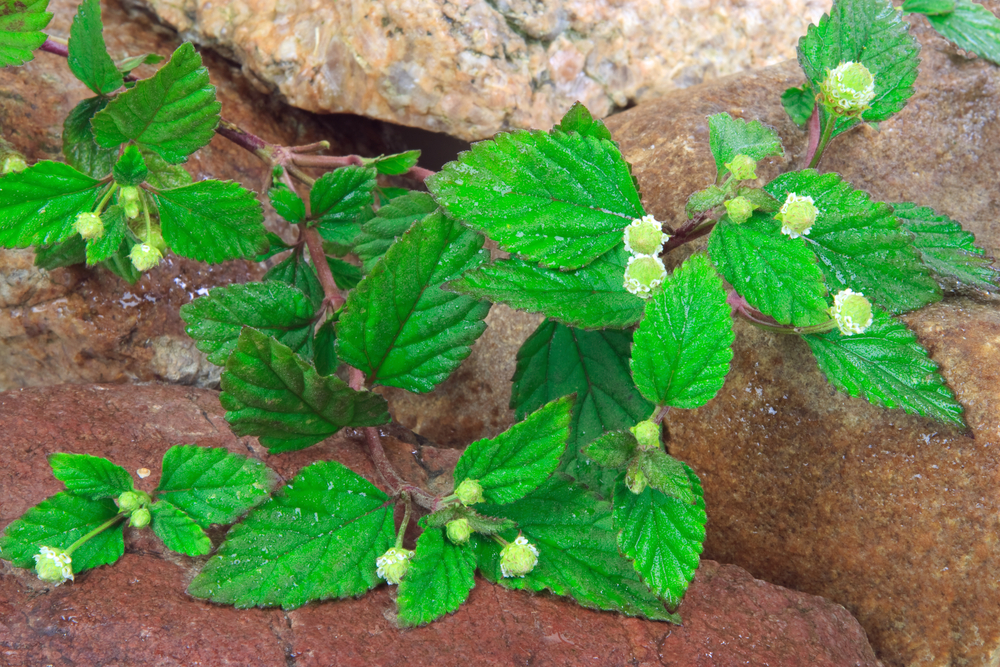
Aztec Sweet Herb, also known as Lippia dulcis, thrives in slightly acidic soils with a pH range of 5.5 to 6.5. This plant, native to Central America, is often used as a natural sweetener and can be grown in a variety of soil types, though it performs best in acidic, well-drained soil. It prefers sunny locations and moist conditions, which help it flourish.
This herb is relatively low-maintenance and can adapt to a range of garden settings, but it performs best when planted in soil with a slightly acidic pH. Adding organic material like compost can help keep the soil acidic while providing additional nutrients for growth. Regular watering is key to ensuring the plant remains healthy and productive throughout the growing season.
Japanese Maple
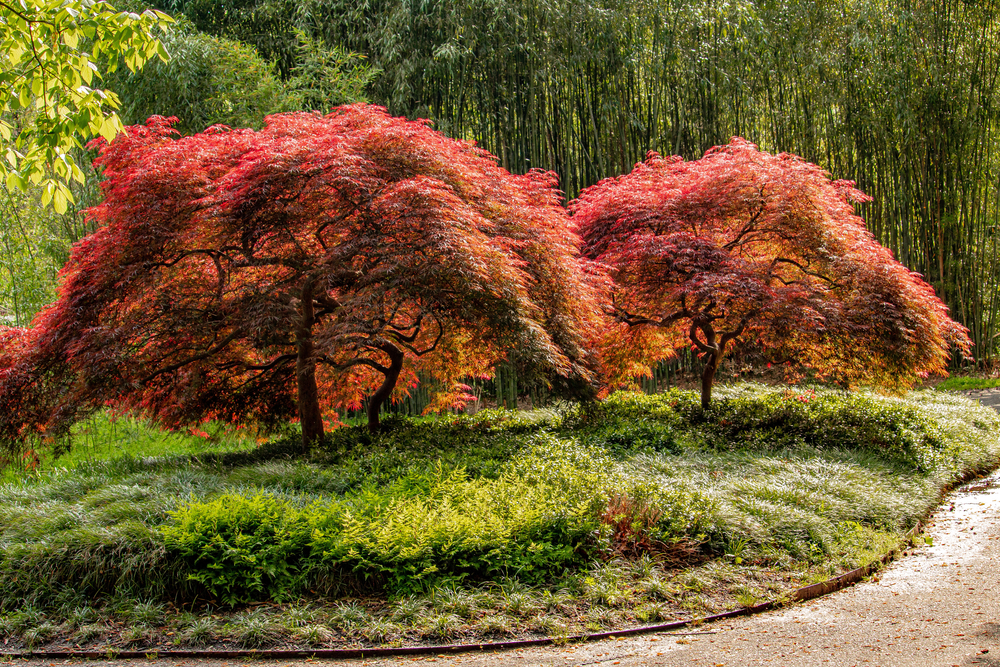
Japanese maples are well-suited for acidic soils with a pH of 5.5 to 6.5. These ornamental trees are known for their striking foliage, which changes color with the seasons, and their delicate, lacy leaves. Japanese maples thrive in moist, well-drained soil that retains just the right amount of moisture while allowing for good root aeration.
To help maintain the acidic environment these trees need, it is important to add organic materials like compost or pine bark around their base. They grow best in shaded areas, where the roots are kept cool and the soil moisture is retained. Japanese maples should be watered regularly, especially during dry spells, to prevent their roots from drying out.
Calla Lilies
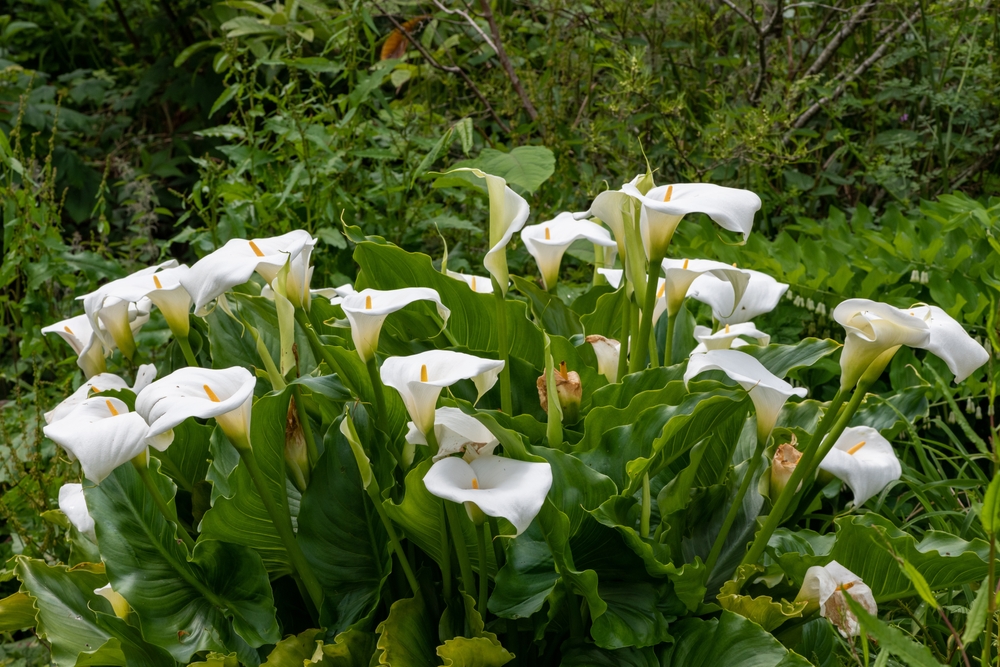
Calla lilies prefer acidic soil with a pH range of 5.5 to 6.5. These elegant plants thrive in moist, well-drained soil that is rich in organic material. Their trumpet-shaped flowers are highly sought after for both garden beds and floral arrangements. Calla lilies grow best in areas where they receive partial to full sunlight.
To ensure the soil remains acidic, gardeners can add peat moss or other organic materials to maintain the pH level. Regular watering is essential for calla lilies, especially during the growing season when they are producing flowers. Overwatering should be avoided, as calla lilies do not like to sit in waterlogged soil, which can lead to root rot.
Bleeding Heart
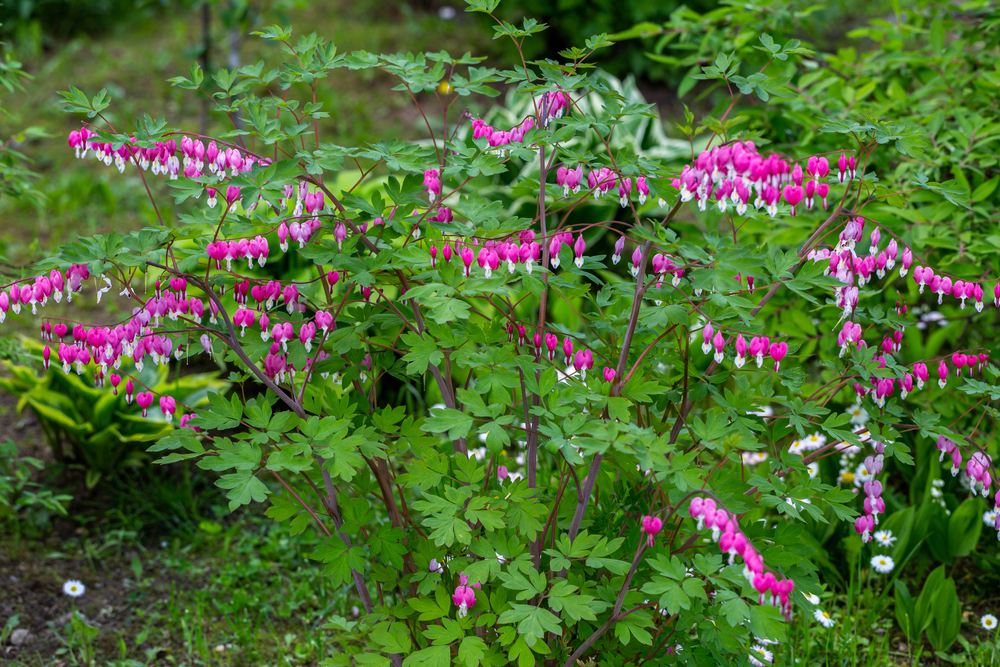
Bleeding Heart plants are a perennial favorite, thriving in slightly acidic soils with a pH between 5.5 and 6.5. These plants produce unique, heart-shaped flowers that dangle from arching stems, adding a touch of drama to garden spaces. Bleeding hearts prefer moist, well-drained soil rich in organic matter to maintain the proper pH.
To grow healthy and vibrant, bleeding hearts need consistent moisture, especially during their blooming period. Mulching with organic materials such as leaf litter or compost helps retain soil moisture while keeping the acidity in check. These plants do best in shaded areas, where the soil stays cool and moist throughout the year.
This article originally appeared on Avocadu.
